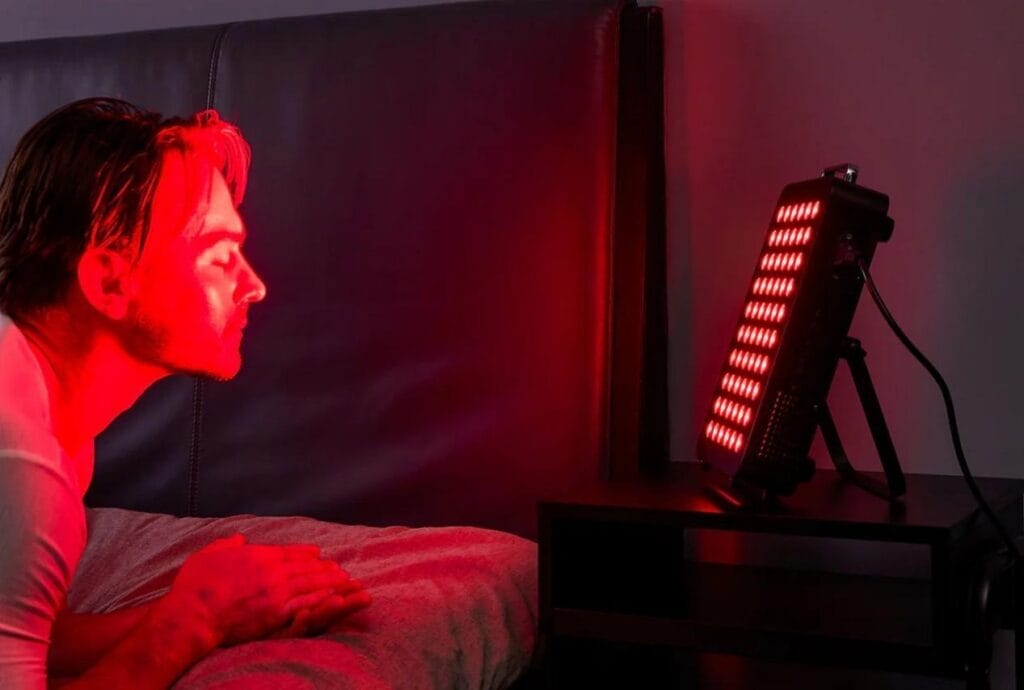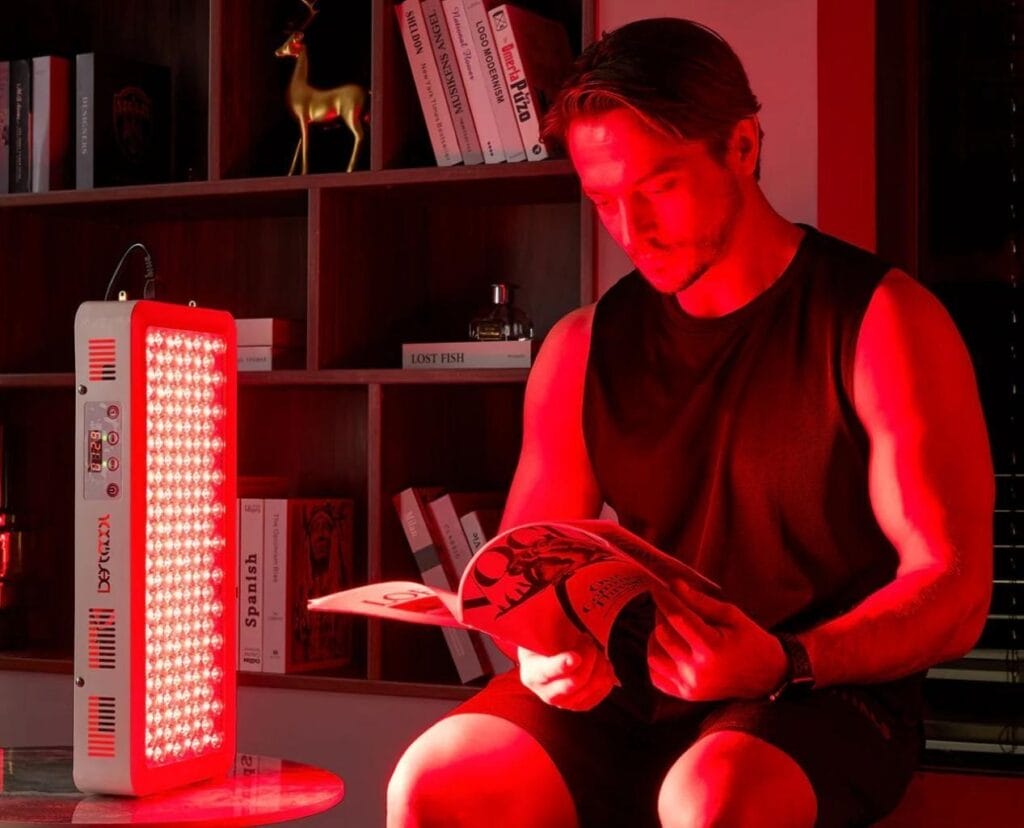Light-based therapies are moving from specialty clinics into everyday care. Once limited to professional spaces, red light therapy (RLT) is now part of a broader digital-health trend focused on accessibility, self-management, and prevention.
Portable medical-grade RLT panels help users manage pain, skin health, and recovery at home and their popularity has soared in recent years, especially during the COVID pandemic, when many people weren’t able to access professional help to address persistent issues and had to help themselves.

Introducing BestQool’s Approach
Chronic pain, musculoskeletal disorders, lifestyle-related inflammation and other ailments continue to drive visits to clinics and rehabilitation centers.
These conditions are rarely urgent but often persistent, requiring regular therapy sessions that can strain capacity and increase costs. At the same time, many patients want options that fit their schedules and budgets. The need for safe, effective, and easy-to-use home technologies has never been clearer.
How BestQool’s Devices Work
As red-light therapy (RLT) continues to gain credibility for supporting recovery and general wellness, demand is shifting toward devices that deliver consistent, verifiable performance.
RLT works through low-level red and near-infrared light—typically between 630 and 940 nm—absorbed by mitochondria to boost cellular energy (ATP) and support natural tissue repair.

BestQool’s Pro100 and Pro300 panels have been independently tested by LightLab International in the U.S., confirming irradiance levels above 100 mW/cm² at three inches. Maintaining this benchmark helps ensure each session delivers a measurable, efficient dose of light energy, thereby providing reliable exposure levels comparable to those used in clinical wellness settings.
What the Research Shows
Clinical research increasingly supports red-light therapy for musculoskeletal recovery and skin wellness.
Peer-reviewed studies in journals such as Medicine and Physiotherapy Research International report reductions in pain, faster muscle repair, and improved circulation when red and near-infrared light are applied within therapeutic ranges.
Additional studies suggest benefits for reducing local inflammation and improving sleep quality through enhanced mitochondrial activity and hormonal balance, though results can vary by dose and device design. Overall, evidence points to red-light therapy as a safe, non-invasive form of therapy.

Compliance and Safety First
Red-light therapy is generally considered safe when used as directed.
Most panels operate at low heat and include features such as automatic timers, ventilation, and protective eyewear to prevent overexposure or discomfort. They emit minimal electromagnetic fields, allowing for repeated use during recovery or wellness routines.
However, RLT is not advised for individuals who are pregnant, photosensitive, or managing active cancers without medical guidance, or with open wounds or infections.
BestQool’s devices follow these same principles and are FDA Class II cleared and certified by CE, ETL, and RoHS, meeting recognized international safety standards.
Economic and Practical Benefits
The economic argument for at-home therapy is strong.
A typical RLT clinic session can cost between US$50 and US$150. A one-time purchase of a BestQool panel can replace hundreds of visits over its multi-year lifespan. Both models are HSA and FSA eligible, making them reimbursable under many health plans.
The Pro100, a mid-size panel, draws 170 W and offers half-body coverage ideal for localized recovery. The Pro300, at 500 W, provides full-body exposure suitable for professional settings or multi-user households. They can help sufferers alleviate a range of health issues.
For piece of mind, each unit includes a two-year warranty plus a free one-year extension for registered customers.

Therapy Beyond the Clinic
Clinicians and wellness centers are increasingly using RLT as an adjunct therapy for joint pain, sports recovery, and postoperative care.
Gyms and physiotherapy studios install modular panels for group sessions or athlete rehabilitation. At home, office workers use smaller devices to ease shoulder or back strain, while active users integrate short sessions into recovery routines.
The same technology supports dermatological wellness, helping reduce redness, improve circulation, and maintain skin vitality over time.
The Bottom Line
Red-light therapy has matured from niche experiment to evidence-based wellness tool. By focusing on verified performance and safety compliance, BestQool has positioned its Pro-series devices as practical solutions for clinicians and consumers alike. With rising healthcare costs and growing demand for self-care tools, RLT offers a low-risk, cost-effective way to extend care beyond the clinic.
To learn more or explore current offers, visit bestqool.com. Halloween Promotion: 12% off all products through November 12.
Meet Abby, a passionate health product reviewer with years of experience in the field. Abby's love for health and wellness started at a young age, and she has made it her life mission to find the best products to help people achieve optimal health. She has a Bachelor's degree in Nutrition and Dietetics and has worked in various health institutions as a Nutritionist.
Her expertise in the field has made her a trusted voice in the health community. She regularly writes product reviews and provides nutrition tips, and advice that helps her followers make informed decisions about their health. In her free time, Abby enjoys exploring new hiking trails and trying new recipes in her kitchen to support her healthy lifestyle.
Please note: This article is for informational purposes only and does not constitute medical, legal, or financial advice. Always consult a qualified professional before making any decisions based on this content. See our full disclaimer for more information.







